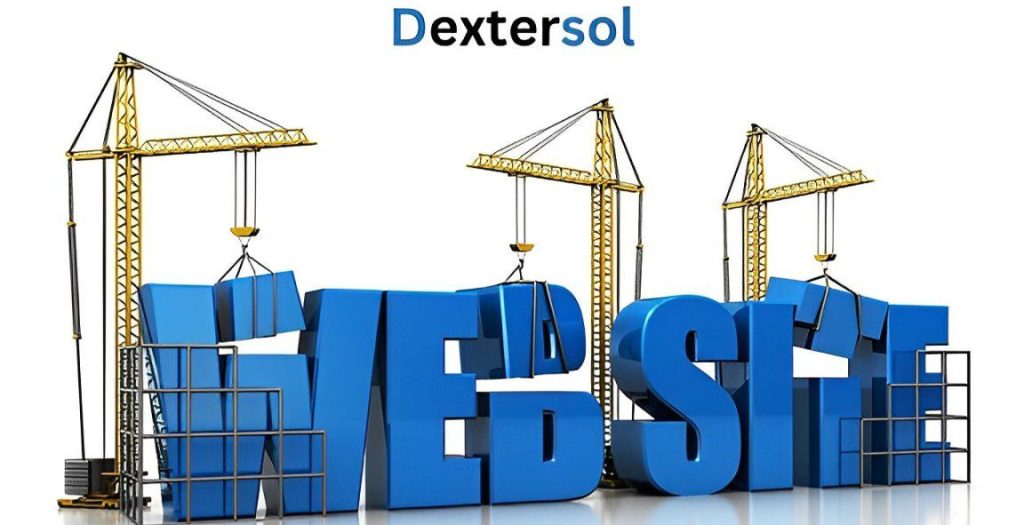
Create a website with blocks
Creating a website with blocks
Blocks are used to strip off the content of your website. It makes your information logical and offers you a block type of work in terms of structures. Websites created using blocks do not involve coding; almost anyone can use them. Secondly, it offers you flexibility.
You can create buttons, icons, videos, headers, sliders and forms without coding. You can also create custom templates, child themes, blank themes and images. It is easy to copy a theme or visuals without extensive coding. The basic building blocks of a website are elements, tags and attributes. To create a website with blocks, you must drag the blocks on your page and insert them into your website.
If you want to upgrade your website, you don’t need to do coding for fonts, themes or animations. You just have to restyle them as building blocks.
You can create your website with blocks in the following ways:
Web Address
Initially and most importantly, your website needs an address or domain name. Through which visitors can find your website easily by typing its URL (Uniform Resource Locator). You should target a keyword for your website that should be similar to your site name, which will help visitors know about your website.
For instance, if your site is an e-commerce site, you must have a word like shop or market in your website address, such as [website name] shop.com.
A web address, in turn, can bring your professionalism to the point. You know that one can create a domain name, but the law protects that as a copyright.
Server Hosting
For a website to be accessed by visitors, it needs a server to launch on the internet. You have to pay your server monthly or yearly; then it will launch your website online, and visitors will visit it.
You don’t need to serve your website. Many hosting servers can deliver your information on websites. Web servers are of three types: VPS hosting, dedicated hosting and shared hosting.
Content Management System (CMS)
CMS is a program designed for content creators to manage their content. This system is meant for creators who do not wish to code when creating their websites. Like any other CMS, such as “Mobirise” or “WordPress,” the creators can create content and design through structures without coding. It is also important to note that creators can develop their own CMS right from the ground.
CMS is very important in creating websites. These days, approximately 76 million websites use CMS. It helps you in creating and presiding over your content. It allows you to document management, editing tools, security etc.CMS gives you many solutions and is very easy to use.
You should choose the right CMS for your website having the following Features:
✦ Accessibility
✦ Flexibility
✦ Concentration on specialization
✦ Themes and templates
✦ Safety
✦ Cost
✦ Revision and customization
Web Architecture
Web architecture implies how you lay down your website. The last conclusion that can be made when evaluating such website sections refers to an organized and beautiful layout where you will be guaranteed success in creating additional traffic on the website in question. Because first impressions always matter to visitors. According to research, about 94% of first impressions matter.
Design your website by arranging blocks. Your blocks and information should be organized compactly. To organize your information, you should understand your audience, check your competitors, clarify your main goal and target your audience. Use block-based builders like (Weebly and Squarespace).
Add Content
Choose your SEO title and Meta Description to add content to your website. Add content and features to websites to target your audience and focus on your aim. Show your creativity, awards and certificates. It will help you increase traffic to your website. Add your podcasts and interviews.
To add features to your website, use high-quality images and videos without affecting its loading speed. Your visuals should impact your audience. Organize your company logo according to your domain name. Add blogs, testimonials and FAQS on your web page. Add forms and surveys.
Publish Your Website
Before publishing your website on the internet, proofread your website. Update and edit your content and features. Set all security features on your website. Try out your website’s functions, sections, links, tabs, and videos. You need time. The last thing you can do is have a third party try it. During testing and trial offers, you can make necessary upgrades to the website and launch it online. To ensure that your website is on the top list of many search engines after you are through creating your website, you need to publicize it.
Tips and Tricks for creating a block website
✦ The brand should be consistent
✦ Content should be readable
✦ Use high-quality blocks
✦ Optimize Speed
✦ Use User-friendly designs
✦ Impactful Visuals
✦ Clear and concise content
✦ Place your contact information
Conclusion
To create a successful block website, follow all the above methods, tips, and tricks. You should use impactful data in your content, engage your content, and make your site mobile responsive. Your website should be easy to use. You can successfully create and run your block website by following these steps. Use CMS and create a perfect web architecture. Provide your contact information so that the user can feel free to ask you any questions. Provide your testimonials so that users will be impressed by your content and share it. YouTube is the most block-based website.